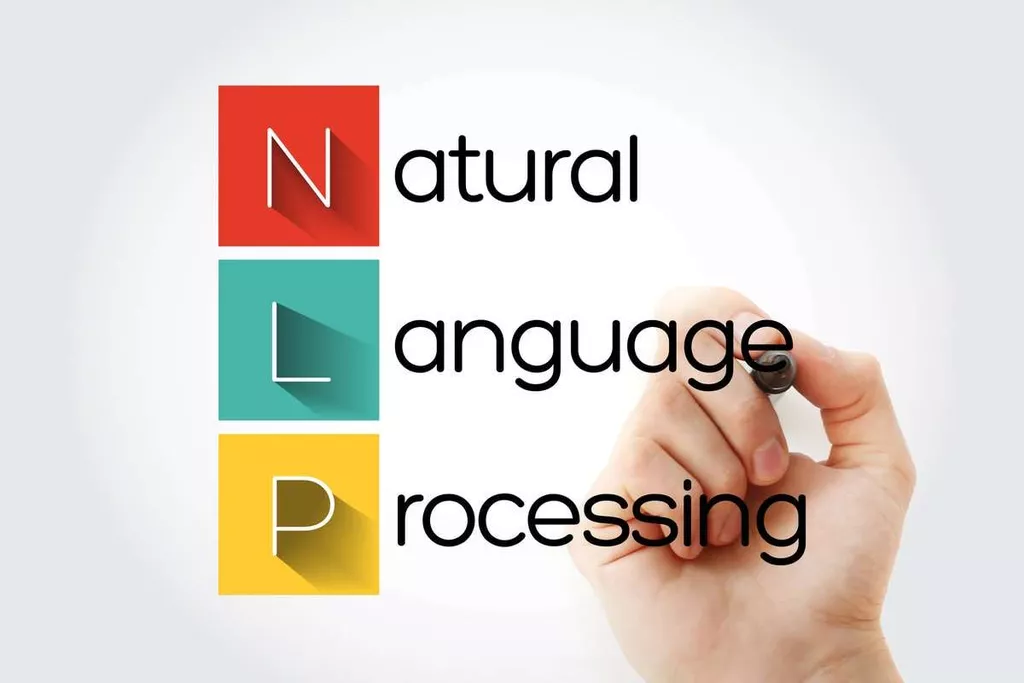So, if you’re looking for a cutting-edge database that’s easy to use and can handle any workload, MongoDB might be the perfect fit for you. I did a POC between these a couple of years back and they were pretty neck in neck with synchronous JDBC drivers. When I leveraged the async JDBC driver with Mongo, then MongoDb performance well exceeded past PostGres by 8x. Honestly, these two are really two different animals with different use cases.
Unlike most traditional databases using SQL, MongoDB uses a different syntax and structure, which is relatively easy to learn, even for non-programmers. NoSQL databases like MongoDB are well suited for managing semi-structured or unstructured data. You can easily add new fields or data types without explicitly declaring the document’s structure, making it more flexible for users to view the data, edit it, or update the schema as much as they want. This flexibility also enables MongoDB to process and handle large amounts of data faster than many other databases. It is a non-relational database which means it can be used to store and process data in different formats.
Features of mongodb
If you need more consistent data, PostgreSQL will be worth considering. To sum up, so far, we’ve covered the basic details of PostgreSQL and MongoDB alike. We’ve discussed their history, key features, and what makes them different. While we’ve discussed the features of both MongoDB and PostgreSQL that make them a hit with the developers, they do have their fair share of weaknesses as well. While PostgreSQL uses the GROUP_BY function to process and run aggregate queries MongoDB typically uses aggregation pipelines to process its queries. Data migration may also generate overhead; however, this is standard irrespective of the database you have implemented in your system.

That’s easier to do if you are working on a new application, or plan on modernizing an existing one. Because PostgreSQL relies on a scale-up strategy to scale writes or data volumes, it must make the most of the computing resources available. PostgreSQL does this through a variety of strategies for indexing and concurrency. PostgreSQL’s design principles emphasize SQL and relational tables and allow extensibility.
What is MongoDB?
The top products based on usability and customer satisfaction, as rated by user reviews. Both MongoDB and PostgreSQL are really great tools for certain use cases. They are loved by many and the team at HarperDB is thankful that they have paved the way for technologies like ours to exist. PostgreSQL scales vertically (as it gets bigger, more space or more memory is needed), therefore it requires downtime to upgrade.

This means that updating all the records at once would require a transaction. On the other hand, MongoDB does not support foreign keys because it has no tables and operates as a document-based database. Instead, it has the concept of references, which allows a document to reference another document’s _id field. It stores data in dynamic JSON-like documents and supports easy query, manipulation, and storage of data. In today’s digital era, for an organization, it is essential to manage and store data effectively for its efficient working.
Security, performance, and consistency you can rely on
This makes it easy to customize PostgreSQL to meet the specific needs of a particular application. It ensures isolation by providing different levels of transaction isolation from read committed to serializable. It ensures durability by writing changes to the disk before acknowledging a transaction commit. MongoDB also supports vertical scaling which is an easier way to scale MongoDB. You simply add more resources like RAM, CPU, or hard disk to cushion the effect of increasing load. Because of its reliability, Postgres is a popular choice as the data source for mobile, IoT, and web applications.

However, managing two databases can be tedious, especially since I am using Python with Django. While PostgreSQL supports replication, features that are more advanced (e.g. automatic failover) require support by third-party products that have been developed independent of PostgreSQL. This approach tends to mongodb vs postgresql performance be more complex and works more slowly than MangoDB’s in-built ability to heal itself. Some SQL engines are capable of handling specific simple queries to a high standard, and there are stronger SQL engines with query optimizers that can handle complex queries but finish with the right results every time.
MongoDB find in command Complete tutorial in 2022
As such, in order to meet the application requirements, more and more systems are adapting to the specificities of those data. The most prominent case is perhaps the data storage systems, that have developed a large number of functionalities to efficiently support spatio-temporal data operations. This work is motivated by the question of which of those data storage systems is better suited to address the needs of industrial applications. In particular, the work conducted, set to identify the most efficient data store system in terms of response times, comparing two of the most representative of the two categories (NoSQL and relational), i.e. Furthermore, the average response time is radically reduced with the use of indexes, especially in the case of MongoDB.
- Mongo RealmDB is available free of charge to all Atlas users for evaluation and light usage, enabling developers to build and release mobile applications.
- MongoDB, classified as a NoSQL database, belongs to the category of document databases.
- On the other hand, MySQL excels in use cases that require robust transactional support and strong data integrity.
- ” but “When does it make sense to use a document database vs. a relational database?
- These use a standard SQL interface to link to other databases or streams.
- While both PostgreSQL and MongoDB make amazing databases, it ultimately comes down to choosing what’s right for your business.
- It supports row-level security, which allows users to set restrictions on data that users can view.
MQL brings many of the same functions as SQL along with additional support for a variety of programming languages. In the realm of modern data management systems, MongoDB and PostgreSQL have emerged as titans, each offering unique strengths and capabilities to meet the diverse needs of businesses and developers worldwide. As organizations navigate https://www.globalcloudteam.com/ the ever-expanding landscape of databases, choosing the right one becomes a critical decision that can shape the efficiency, scalability, and success of their applications. As with MySQL and alternative open-source relational databases, PostgreSQL’s efficiency has been proven in the mix of demanding use cases spanning multiple areas of industry.
Perform ETL to PostgreSQL and MongoDB with Integrate.io
At Bytebase, we work with both databases extensively since the Bytebase product needs to integrate
with both. Our founders also build Google Cloud SQL, one of the largest hosted database services. In 2018, folks at The Guardian wrote a lengthy post about migrating MongoDB to Postgres. A lot of things have changed since
then, but one thing still holds true, it’s always painful to migrate databases. ICYDK, MongoDB used to hold that title for 4 consecutive years from 2017 to 2020.
Today, MongoDB provides the industry’s leading resiliency, security, performance, and scalability. MongoDB is especially capable of handling data structures that have been created by modern apps and APIs. It’s perfectly positioned to offer support for the agile, ever-changing development cycle seen in organizations today. By default, MongoDB doesn’t use SQL — it provides users with a unique query language instead (MQL). This can be used to work with documents in MongoDB and take out data, and it delivers much of the flexibility and power that SQL does.
COMMUNITY
PostgreSQL uses a vertical scaling strategy to manage vast amounts of data and increase write scalability by adding hardware resources such as disks, CPUs, and memory to existing database nodes. MongoDB and PostgreSQL use different query languages, which are pretty different in syntax and functionality. PostgreSQL follows the ACID properties of atomicity, consistency, isolation, and durability. ACID principles enable PostgreSQL for storing data and running critical transactions safely. It is written in the popular C language and offers security features, like file system protection, the ability to restrict IP access, compatibility with external packages, etc.